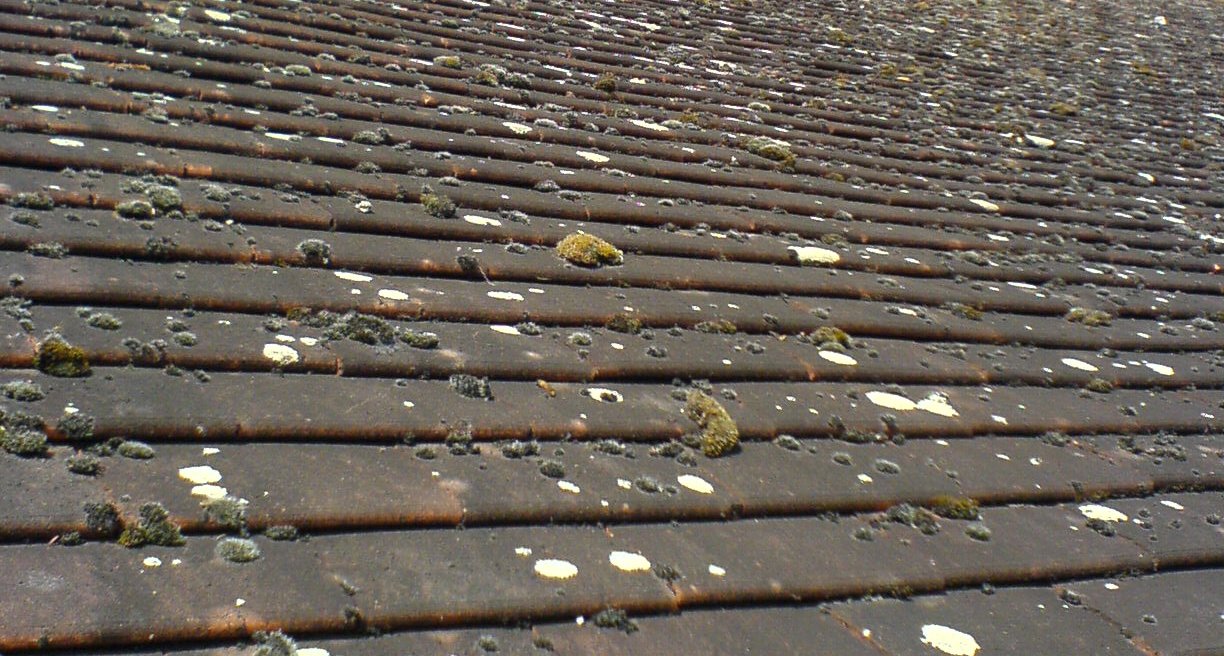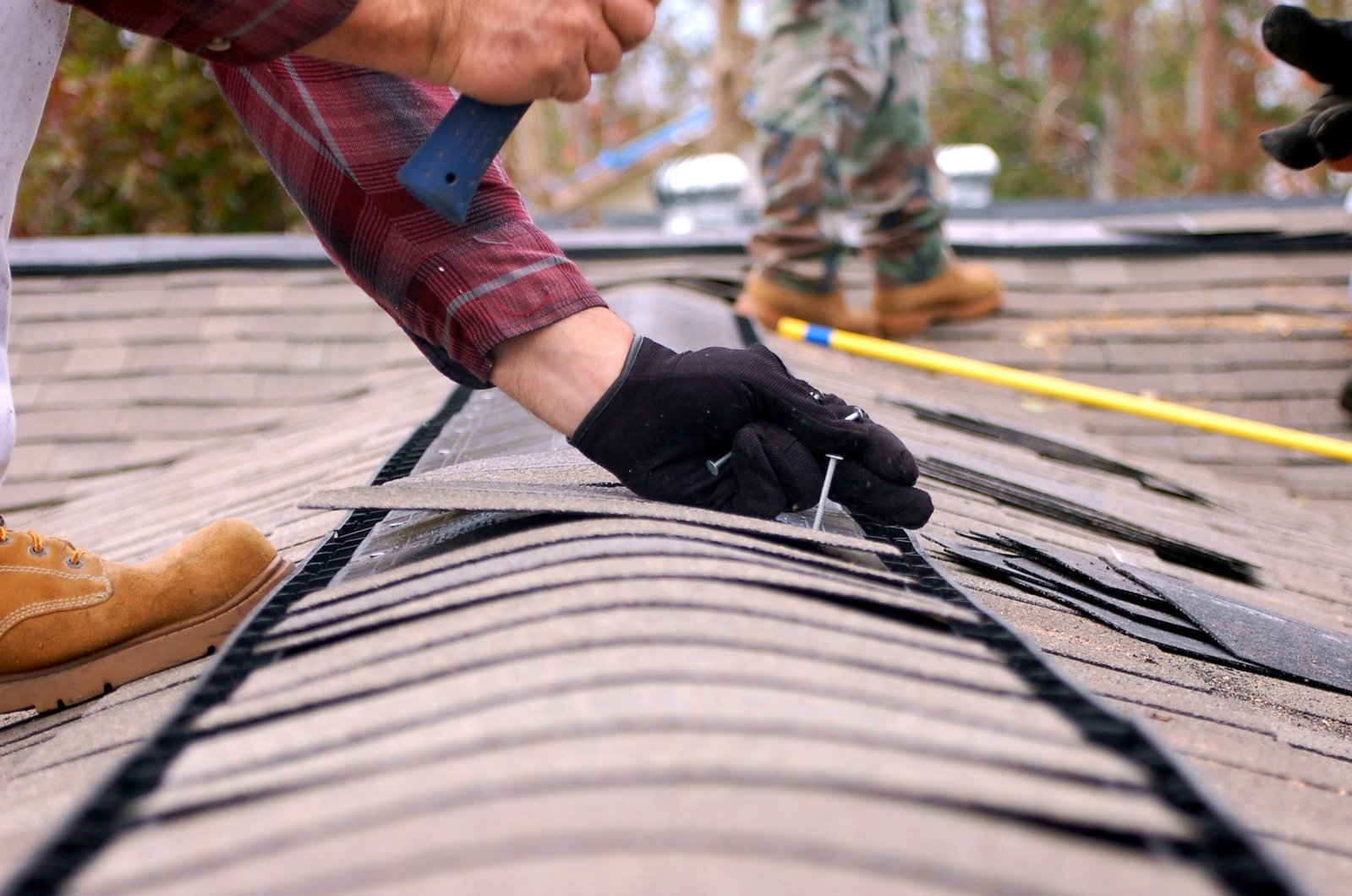


The Importance of Employee Relations Dec 18, 2024

Why You Need a Brain Injury Lawyer in Toronto Dec 04, 2024

Why Do You Need a Car Accident Lawyer in Toronto? Dec 04, 2024

What Does a Personal Injury Lawyer in Toronto Do? Dec 04, 2024

Why You Need a Personal Injury Lawyer in Toronto Dec 04, 2024


Aluminum Pergolas: A Comprehensive Buyers Guide Nov 29, 2024
Does the harsh weather conditions in Queensland affect life span roof restoration?
Nov 25, 2021 14:56
When it comes to extreme weather, your roof is always your first line of defence. Queensland is a beautiful area to live since it has a subtropical climate that is moderately warm and occasionally hot for the majority of the year. However, due to their size, the climate in each state might vary significantly.
As though it were a part of Southeast Asia, the far north of Queensland has humid summers (wet season) and relatively warm winters. When the weather is generally hot, in fact, this is where the state's warmest summer temperatures have been recorded.
The climate in the South is tropical, with hot summers. Winters can be quite cold, with frost forming frequently at night. When it comes to roofing, the weather has a significant impact on the decisions made. Here are six weather situations that might wreak havoc on your roof restoration in Queensland.

High wind damage
Storms come in a variety of shapes and sizes, but they all have one thing in common: strong, fast-moving winds. These winds may wreak havoc on residential and commercial roofing systems, causing substantial damage.
As the winds pick up, shingles and tiles start to break loose. Your roof's roofing materials begin to break off, exposing your property to leaks and other hazards. Strong winds might not only harm the exterior of your roof, but they can also destroy the timber frame of your roof.
It is always a good idea to examine the condition of your roof after a storm of any kind. If any damage is obvious, it is critical to contact a local roofing contractor as soon as possible to do a comprehensive examination and, if necessary, a repair.
Rain and Water Damage
A roofing system shields you and your home from the elements, such as rain. Rainfall is rarely the sole cause of roof damage. Missing tiles, damaged shingles, and faulty installation are the most common causes.
Water leaks into your roofing structure and ultimately into your home as a result of these factors. Homeowners should inspect their roofs on a regular basis to ensure that they are in good condition and that any vulnerabilities have been addressed.
Heat Damage
Heat is a major hazard for many dwelling and building constructions in different states. Extreme heat in Arizona and California can be just as dangerous as other severe weather conditions across the country. Long-term exposure to the sun's heat accelerates the ageing of your home's roofing material. The roofing material is then harmed both inside and out, causing the tiles or shingles to curl, tear, or break.
Structural ventilation is necessary and might alter your home's internal temperature. If the tiles or shingles on your roof have moved or if the temperature inside your home has increased, contact a roofing contractor. These could be indicators of heat damage getting worse.

Hail Damage
Hail storms are capable of wreaking damage across the northeastern United States. These storms have the potential to cause billion-dollar devastation to homes and businesses. Hailstorms are renowned for wreaking havoc on roofs, windows, sidings, and just about anything else outside.
Hail storms can cause damage large and little, eventually compromising the roofing system, regardless of the type of roofing material used by the contractor. Small cracks will get larger if these fractures are not treated in a timely manner, causing pieces of the roof to rip and fall off. The amount of damage to the roof is mostly determined by the amount of snow on the roof..
Many homeowners disregard snow as a weather condition. Large frost ridges or ice dams grow at the edge of the roofline near the gutters if snow is not removed. Melting snow water is unable to run off the roof when frost ridges or ice dams form, so it backs up and causes leaks.
Weather and storms have the potential to destroy your home. Weather damage can grow over time, but keeping an eye on your roof might help you avoid major problems. Having your roofing system inspected by a skilled and registered roofing contractor on a regular basis helps ensure that your home is not damaged. The severity of a hailstorm and the size of the hail as it fell.
Conclusion:
After concluding all the above points, we can say that harsh weather conditions in Queensland affects life span roof restoration as its variation in weather has lots of drawbacks when it comes to the health of roofs. You have to choose necessary precautions and professional inspections to maintain the health of your roof.

Fuel cards offer numerous benefits for fuel management, including cost savings through exclusive discounts, real-time tracking of transactions to monitor spending, convenience with access to a wide network of gas stations, and improved cash flow by eliminating employees' need to use personal credit cards. Additionally, fleet fuel cards provide features such as spending limits and detailed transaction transparency that enhance accountability and streamline financial processes. Read more
LIFESTYLE
May 03, 2025 08:45

Nonprofit organizations spend countless hours appealing to donors and expressing gratitude for their contributions. The time spent often doesn't provide the desired results, and they feel they are spinning their wheels. They need effective campaigns that drive results. Read more
LIFESTYLE
Apr 21, 2025 15:38

Gravity bongs have built a solid reputation in the smoking community, offering a unique way to enjoy cannabis. Their appeal comes from the smooth hits and the interesting method of using water pressure to pull smoke. It’s a setup that draws in both long-time users and curious first-timers. The strong pulls and water filtration are key perks, and with all the different styles and materials out there, there’s something for everyone. Read more
LIFESTYLE
Gravity bongs
Apr 15, 2025 08:33
Copyright © Fooyoh.com. All rights reserved. User Agreement | Privacy Policy | Contact us
| Advertising
| About us
| Careers


















































